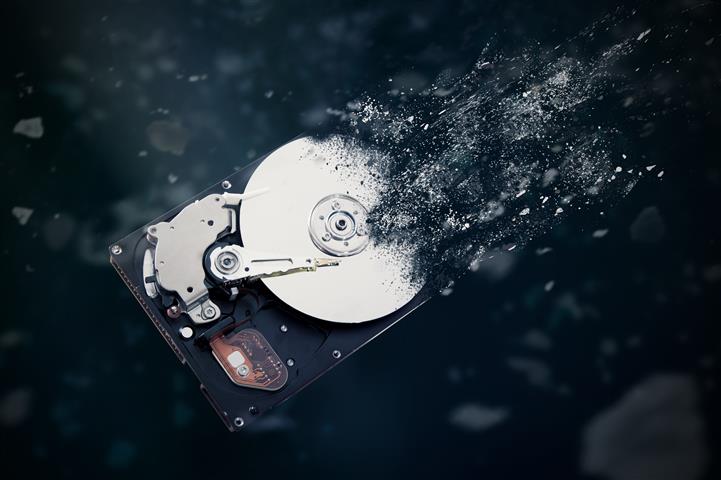Data Destruction is a crucial process that is necessary to ensure that sensitive information is irrecoverable and permanently removed from storage devices. In an age where data breaches and privacy concerns are prevalent, it is essential to employ robust data destruction methods to protect compliance requirements and personal identifiable information (PII). There are two methods of wiping — software wiping and hardware wiping. Learn more about the difference between the methods.
Data destruction encompasses the secure and complete erasure of data from various types of storage media, including hard drives, solid-state drives (SSDs), magnetic tapes, and other digital devices. The process of data destruction is particularly critical for organizations operating in fields where compliance regulations govern the handling of sensitive data, such as financial institutions, healthcare providers, government agencies, and businesses that handle PII.
Compliance regulations, such as those established by the Department of Defense (DoD) in the United States, set specific requirements for data destruction. The DoD has established a standard called DoD 5220.22-M, which outlines the procedures and methods for data destruction at a level that ensures irrecoverability. This level of data destruction is commonly referred to as DoD-level data destruction.
DoD-level data destruction involves multiple steps to ensure that data is rendered completely unrecoverable. These steps include overwriting the data with random patterns multiple times, verification of the overwritten data, and physical destruction of the storage media. The specific number of overwrites and the complexity of patterns used may vary depending on the level of security required and the type of storage media being destroyed.
When it comes to compliance and PII, data destruction is of utmost importance. Compliance regulations, such as the General Data Protection Regulation (GDPR) in the European Union and the Health Insurance Portability and Accountability Act (HIPAA) in the United States, emphasize the need for organizations to protect personal data and ensure its proper disposal when no longer needed.
Personal identifiable information refers to any data that can be used to identify an individual, including names, addresses, social security numbers, financial information, and healthcare records. To comply with regulations and safeguard PII, organizations must implement data destruction practices that guarantee the irreversible removal of such information from storage media.
By performing data destruction at a DoD-level, organizations can mitigate the risk of data breaches, identity theft, and unauthorized access to sensitive information. It ensures that no traces of confidential data remain, minimizing the possibility of data recovery through advanced techniques or malicious intent.
In summary, data destruction is a vital process to safeguard compliance and personal identifiable information. By adhering to DoD-level data destruction practices, organizations can rest assured that their data is irrecoverable and cannot be accessed by unauthorized individuals. Implementing robust data destruction measures is an essential step in protecting sensitive information and maintaining the trust and privacy of individuals and organizations alike.

